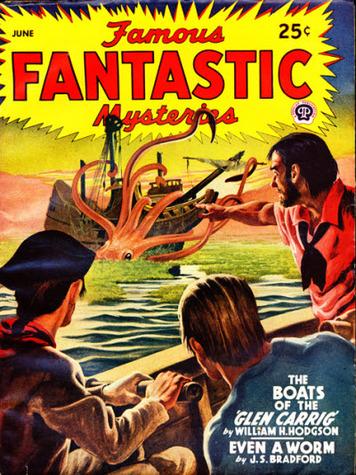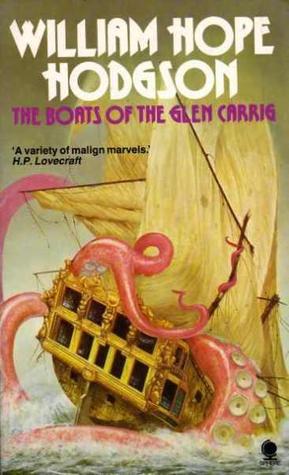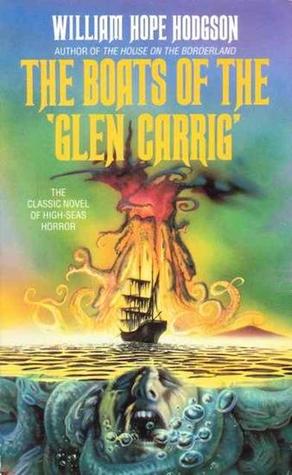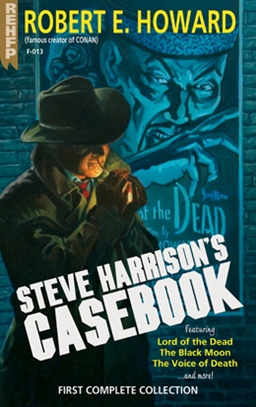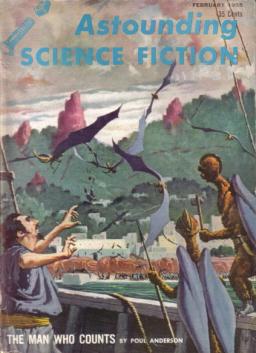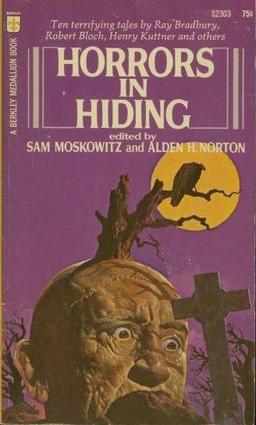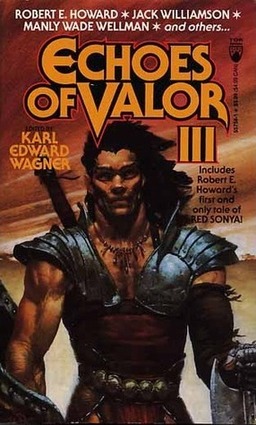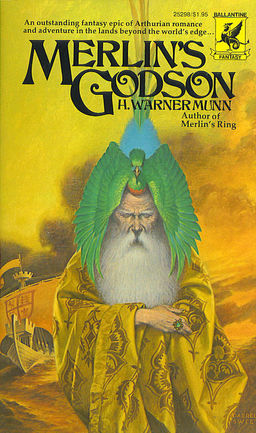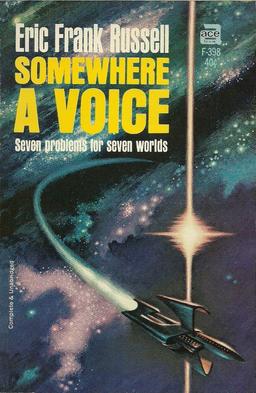Vintage Treasures: Not Without Sorcery by Theodore Sturgeon
 |
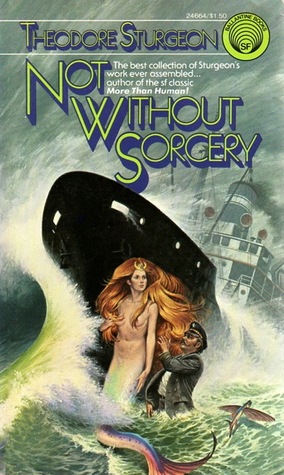 |
Theodore Sturgeon’s first short story collection was Without Sorcery, a handsome hardcover published in 1948 with an introduction by Ray Bradbury. As you can imagine, it’s a tough book to find these days, even for collectors.
The paperback edition, released 13 long years later, dropped five stories and the introduction, and was re-titled Not Without Sorcery. It became Sturgeon’s tenth collection and was released in two editions, from Ballantine (in 1961, with a rather drab cover by an unknown artist) and Del Rey (in 1975, with a far more interesting cover from artist Darrell K. Sweet.) 1975 was the last time the book saw a mass market edition; it remained out of print for 35 years, until Kessinger Publishing did a facsimile reprint edition in 2010.
Sturgeon was a Campbell writer through and through, and all eight stories in Not Without Sorcery appeared in the two pulp magazines John W. Campbell edited: Astounding Science Fiction, and its sister magazine Unknown Worlds. The stories were published over a two-year period, 1939-1941. I’ve assembled some of the original covers below, because I can never resist an excuse to showcase pulp magazines.
